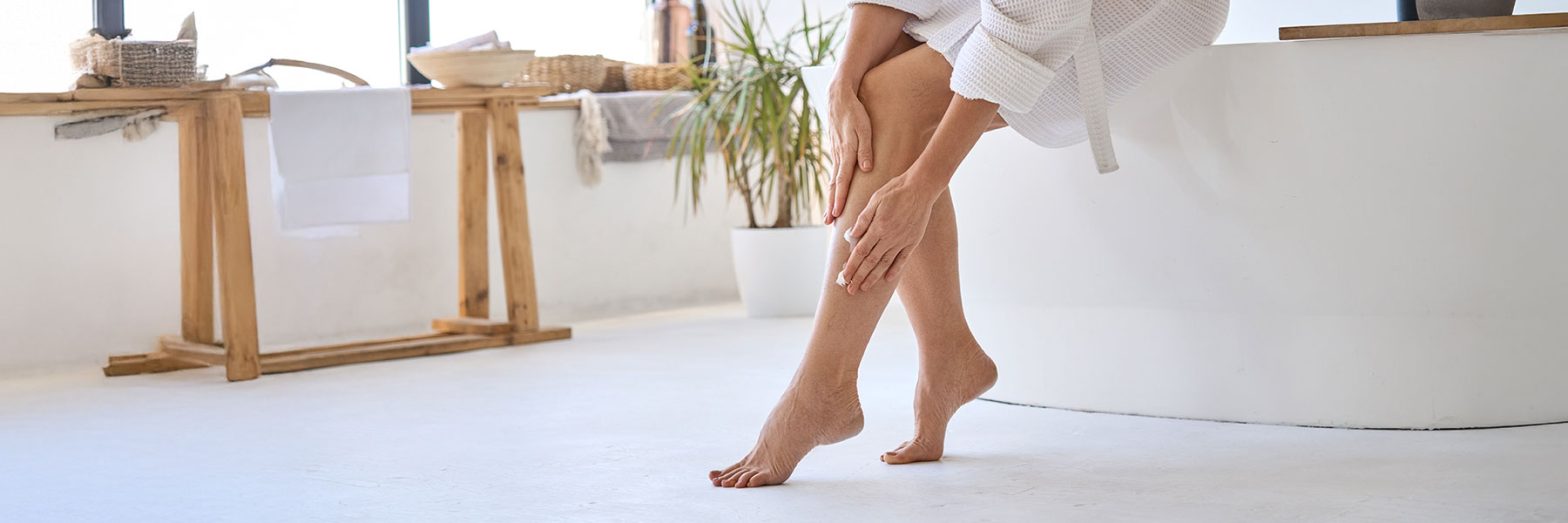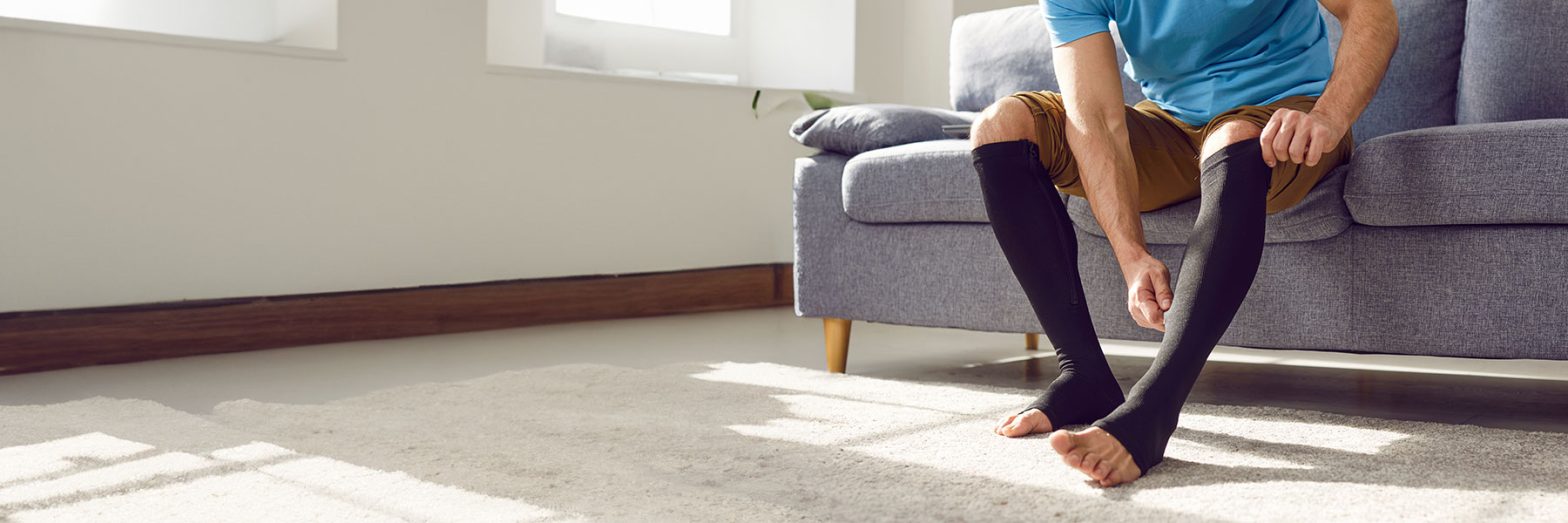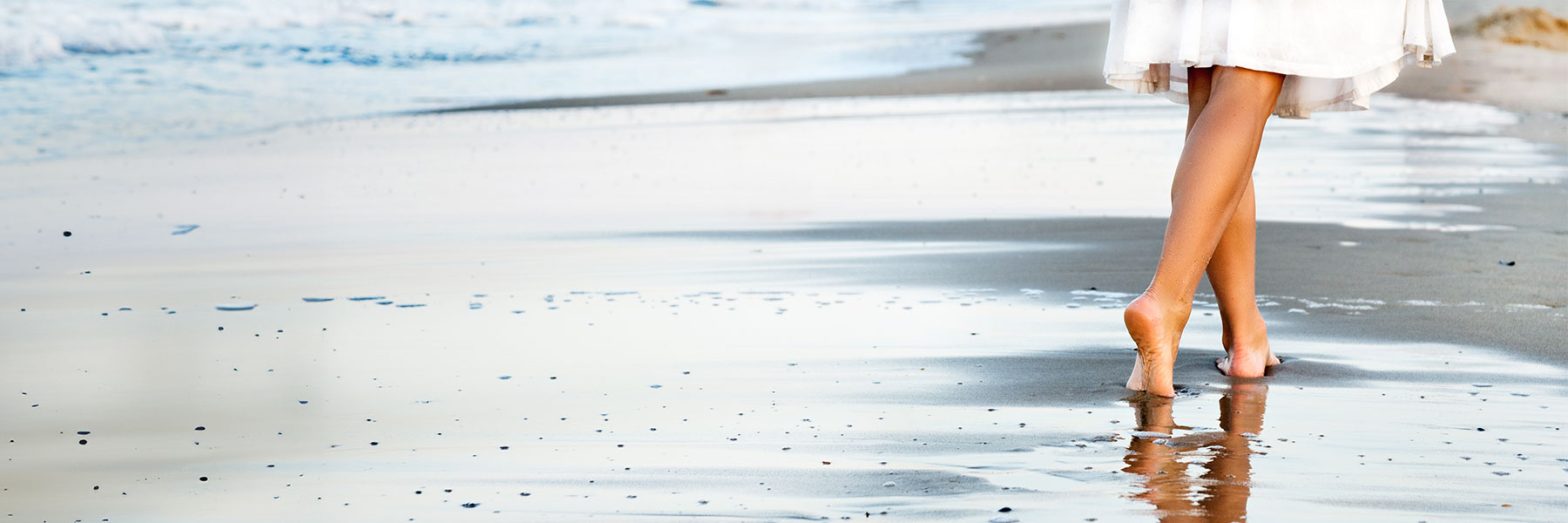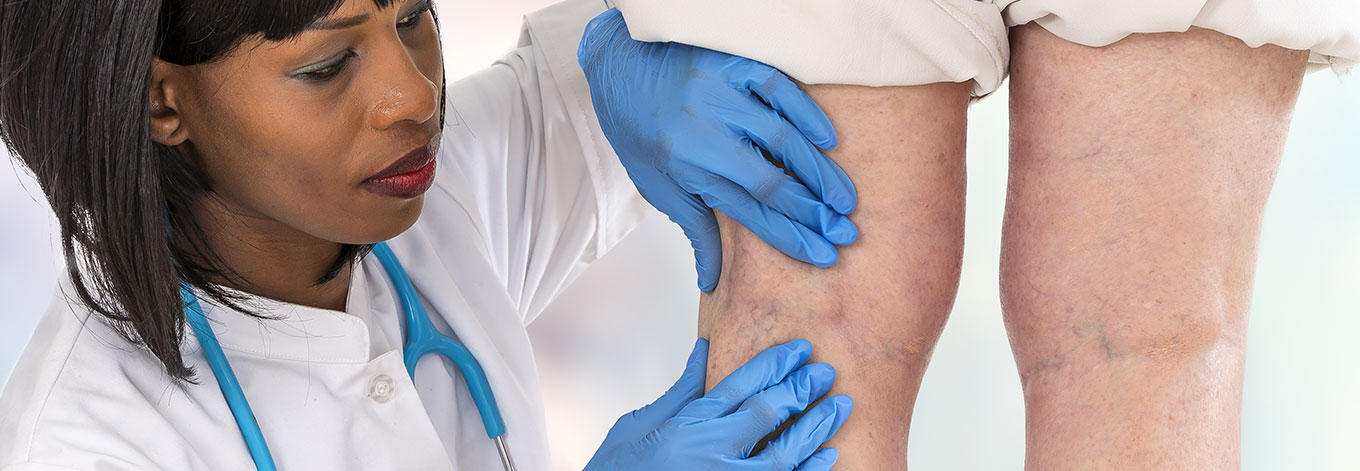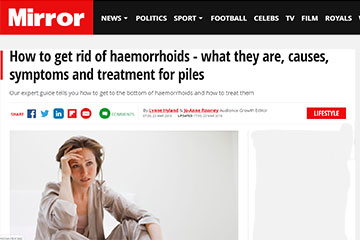
How to get rid of haemorrhoids – what they are, causes, symptoms and treatment for piles
VEINS
Mirror
It’s an embarrassing subject, so you’d be forgiven for wanting to keep it to yourself.
Don’t worry, more than half of us will suffer from haemorrhoids at some point, and most people are too embarrassed to seek help.
In many cases, haemorrhoids don’t cause symptoms and some people don’t even realise they have them.
When symptoms do occur, they’re more obvious, such as bleeding when going to the toilet or a lump hanging outside the anus.
It can still be confusing, and worrying, so Nick West, consultant surgeon at The Private Clinic of Harley Street, has told us what we need to know about this delicate area…
What are piles and how do I know if I have them?
They’re an enlarged version of the vascular ‘cushions’ we have inside our back passage to help control bowel movements.
You can’t always tell you have piles by looking, because they are often hidden internally, but they often form as a round lump that’s dark blue or purple in colour because of the restricted blood flow.
‘If you have pain or bleeding, see your GP to rule out anything more sinister,’ says Mr West. ‘Don’t let embarrassment put you off.
“Whatever you have, we’ll have seen it before. The earlier you seek help, the easier piles are to treat.’
Symptoms
Haemorrhoids aren’t usually painful, unless their blood supply slows down or is interrupted.
- bleeding after passing a stool – the blood is usually bright red
- itchy bottom
- a lump hanging down outside of the anus, which may need to be pushed back in after passing a stool
- a mucus discharge after passing a stool
- soreness, redness and swelling around your anus
What causes piles?
hey’re caused by an increase in pelvic pressure in the blood vessels. This pressure can cause the blood vessels in your back passage to become swollen and inflamed.
Common triggers are pregnancy, constipation and spending a long time straining on the loo.
Contrary to myth, they are NOT caused by sitting on cold or hard surfaces.
Not enough fibre in your diet can play a part.
Other factors include:
- being overweight or obese
- age – as you get older, your body’s supporting tissues get weaker, increasing your risk of haemorrhoids
- being pregnant – this can place increased pressure on your pelvic blood vessels, causing them to enlarge; read more about piles in pregnancy
- having a family history of haemorrhoids
- regularly lifting heavy objects
- a persistent cough or repeated vomiting
- sitting down for long periods of time
How are they treated?
Piles often disappear on their own and only need treating if they are causing uncomfortable symptoms, says Mr West.
‘Look at your diet and toilet habits first. That might be all you need to get rid of them.
‘Creams from chemists don’t cure piles, but they will ease itching and inflammation until they hopefully clear up spontaneously.’
[…]
Are there any new treatments?
Rafaelo is a new, privately available treatment that destroys piles in 15 minutes using radiofrequency. It’s done under local anaesthetic or sedation.
‘A probe is inserted into the haemorrhoid, and radiofrequency energy makes it shrink and disappear,’ says Mr West.
‘The downtime is minimal and patients go home the same day. I’ve used it successfully with patients who would otherwise have needed surgery.’
Piles are graded 1-4, and Rafaelo is suitable for grades 1-3, but grade 4 will likely need surgical removal.
Case study: ‘It was the size of a queen olive’
Alison*, 28, had treatment with Mr West after suffering with piles for years…
It was a shopping trip I’ll never forget. I felt a horrible pain in my bottom and when I looked in the mirror I saw blood all down the back of my cream trousers. I didn’t even have a coat to hide it. I fled home, humiliated.
I’d had piles on and off for years, but now it’d reached the point where I was bleeding daily, and the piles would often prolapse and pop out. I’d try to avoid going to the toilet because I dreaded the pain. Even sitting down could be very uncomfortable.
I spent a lot of time with a mirror between my legs, trying to see what was going on. I’d avoid having sex with my partner if I was having a bad episode. Piles are absolutely not the thing to make you feel sexy.
I spent a lot time Googling treatments, and that’s when I came across Rafaelo. The thought of a consultation was mortifying but Mr West was very professional and there was a female chaperone in the room.
After being examined, he told me I had two internal haemorrhoids. The largest was the size of a queen olive! I was so happy when he told me the treatment would work for me.
The treatment only took 30 minutes with sedation. When a nurse handed me a glass of water afterwards, I thought I was still waiting to be put to sleep.
That night, the discomfort from the treatment was mild – it was nothing like the constant pain I’d been used to for years. I was nervous the first time I went to the toilet but it didn’t hurt.
n fact, since the day I had the treatment I’ve had no symptoms whatsoever. Not having to worry about piles any more has totally changed my life.
*Name has been changed
Consultant General Surgeon Mr Nick West at The Private Clinic of Harley Street offers the Rafaelo treatment. The cost starts from £1980. For more information see Theprivateclinic.co.uk





